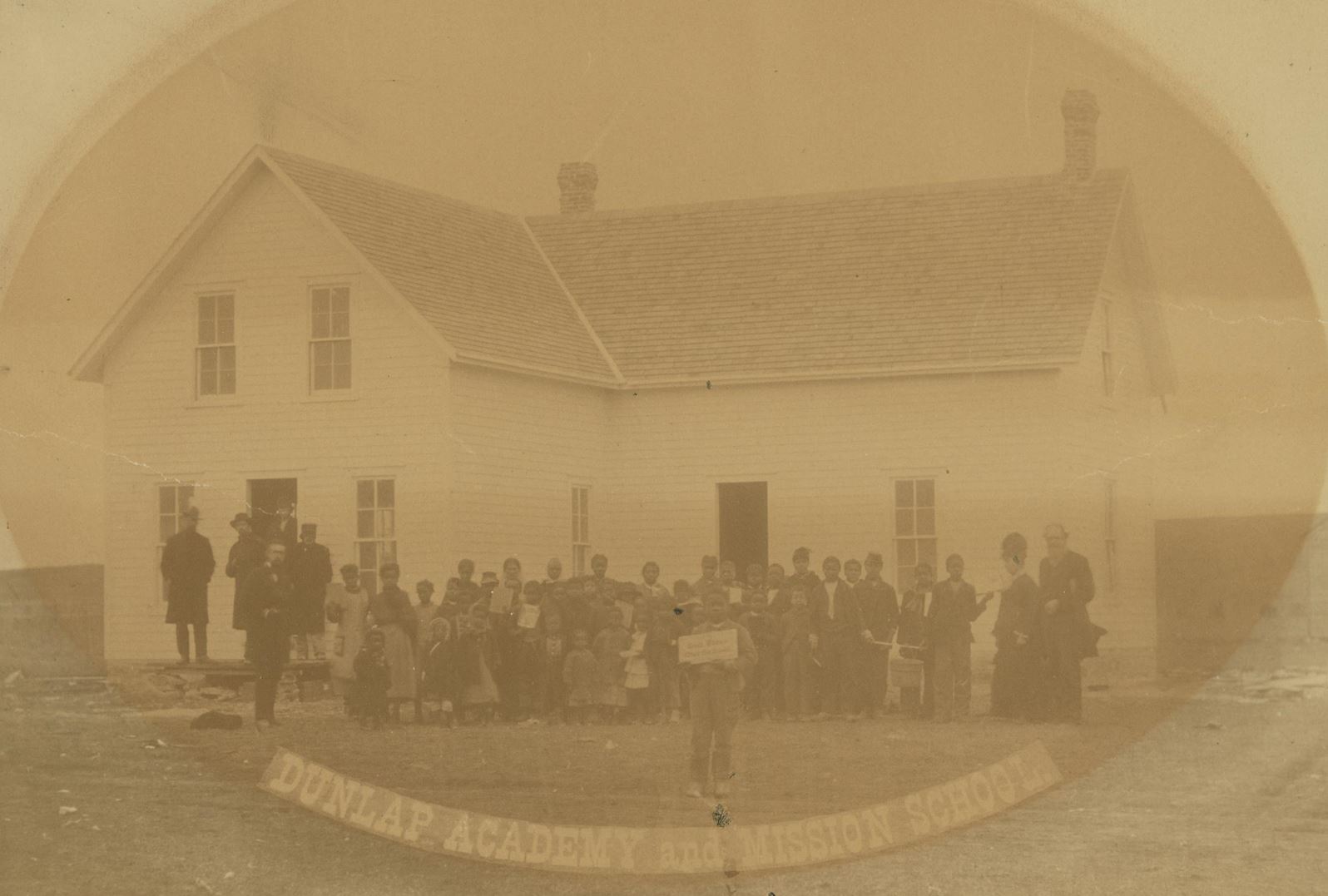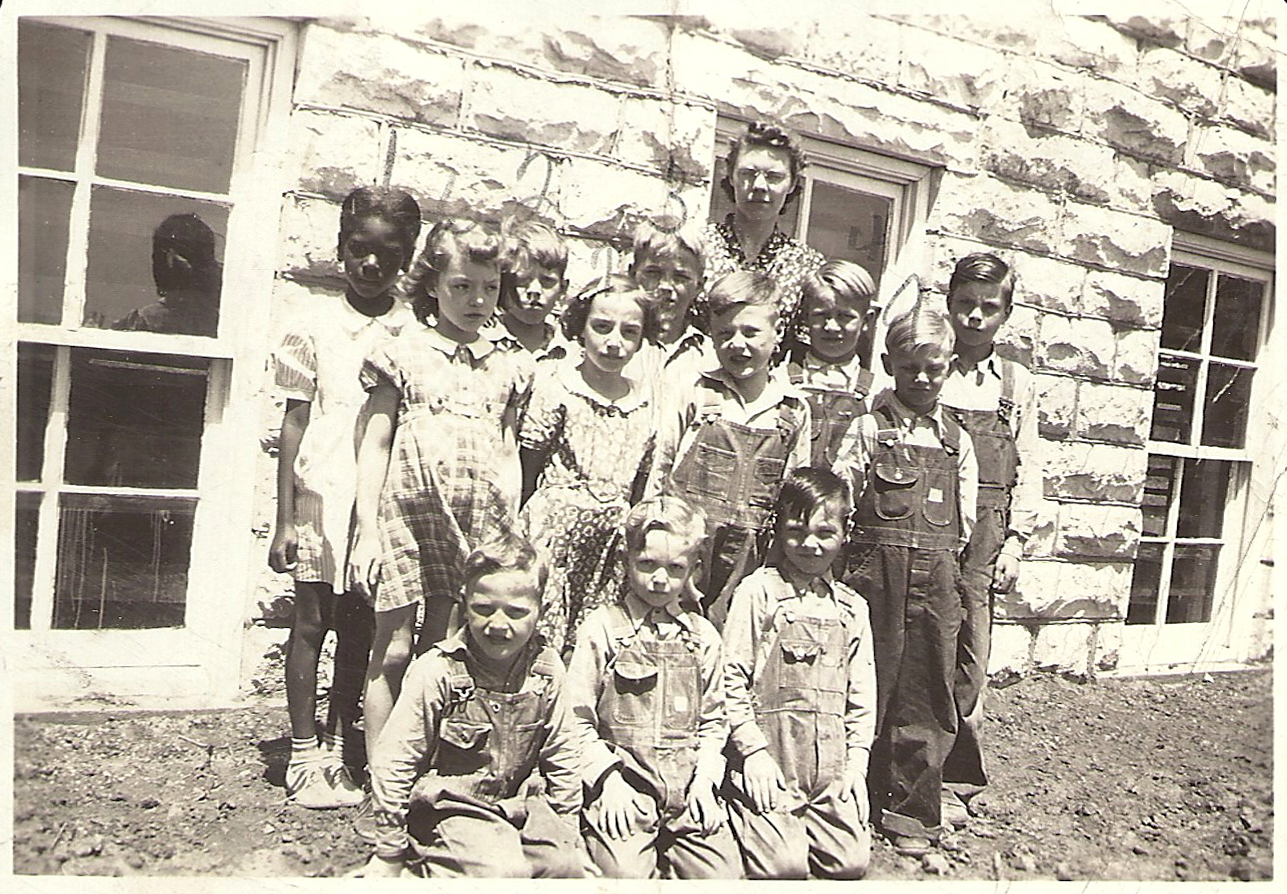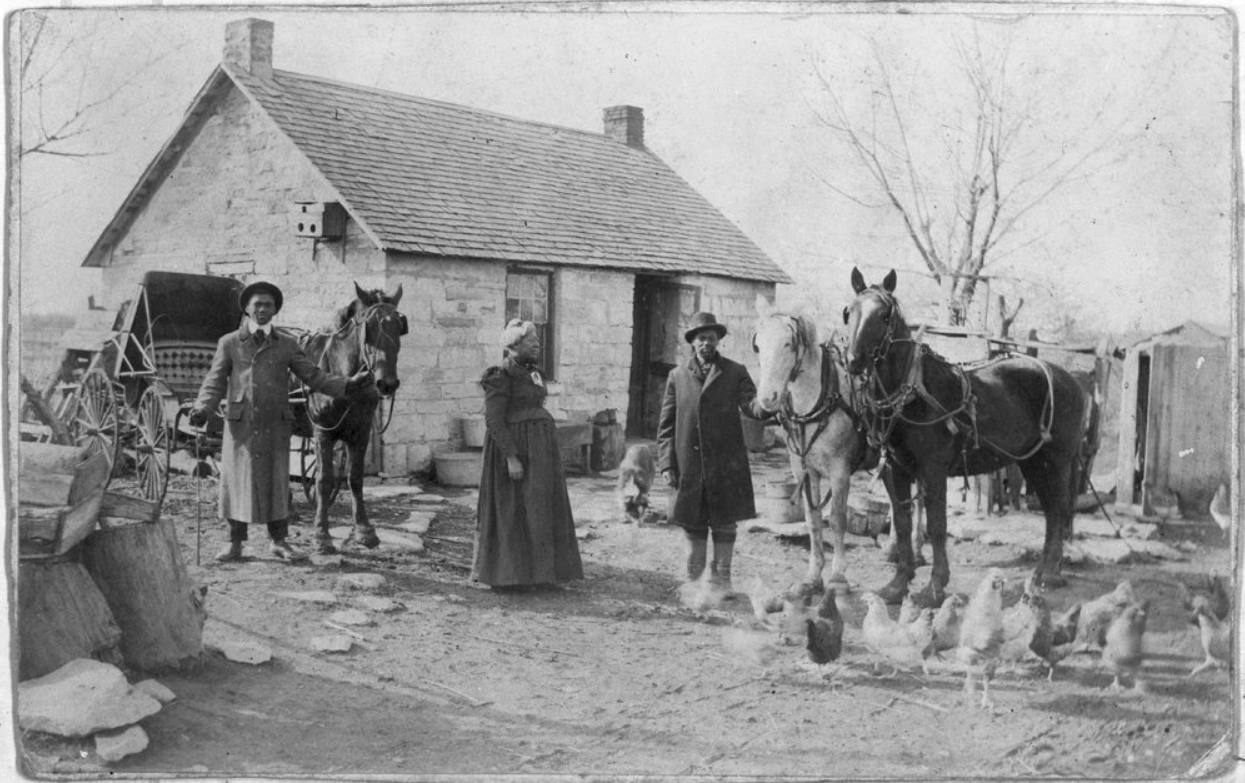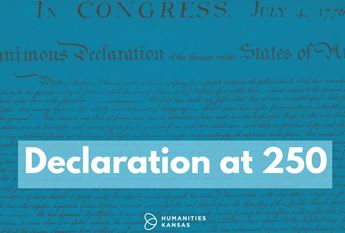

Council Grove: A Storied Road
February 15, 2021
As new railroad lines were established in Kansas during the 1860s and 1870s, Morris County became a crossroads for new towns, including Dunlap, Kansas. Dunlap was one of many communities founded as the Exoduster movement brought Black settlers to Kansas in search of land and equitable treatment. Did this place hold the key to a new, prosperous future for the people who resided there?
Find out the answer to this and more in the Morris County Historical Society’s online exhibit, “Morris County: The Roads We’ve Traveled Since.” The story complements Crossroads: Change in Rural America, Humanities Kansas’ statewide initiative anchored by the Smithsonian Institution’s traveling exhibition of the same name. Crossroads sparks fresh thinking and dialogue about the history of rural communities and the changes small towns have made to survive and thrive. Explore the stories of Dunlap, Council Grove, and beyond in Morris County Historical Society’s full local exhibit. According to Crossroads partner site co-director Jan Kimbrell, “Our Smithsonian Crossroads partner site exhibit, ‘The Trails We’ve Traveled Since,’ will explore the rise, fall, and rebirth of the Morris County towns from the 19th century into today.”

Students and their teacher at Dunlap Elementary School, 1941.
kansasmemory.org, Kansas State Historical Society, Copy and Reuse Restrictions Apply.
Questions for Discussion
Take a few minutes to explore Morris County Historical Society’s online exhibit, “Morris County: The Roads We’ve Traveled Since,” and then answer the following questions:
- The railroad boom had a great economic impact on the United States and changed the landscape of the country. As the online exhibit states, the railroad “brought new people and places into contact and produced both opportunities and obstacles.” Is there a “railroad” for today? How is it affecting Americans now and what do you think will be its impact in the future?
- After the Civil War, the 1859 Kansas Constitution opened the state to all settlers regardless of their ethnic or racial background, one element in Kansas’ advertisement as a good place for African Americans to settle. What were other factors, such as social, environmental, and economic conditions, that made the state attractive? What factors were challenging?
- What does freedom mean to you? What do you think freedom meant to newly freed slaves? How do you think the meaning was complicated for those who left the south in search of a better life?
- The Kaw Mission State Historic Site marks the site of a Methodist boarding school attended by boys from the Kaw Nation. In 1859, a new treaty between the United States and the Kaw Nation diminished the size of the reservation near Council Grove and members were forced to relocate to another reservation in present-day Oklahoma. How does this history further complicate your thinking about freedom from question 3?

John Summer residence northeast of Dunlap, Kansas.
kansasmemory.org, Kansas State Historical Society, Copy and Reuse Restrictions Apply.
Go Further
Now that you’ve explored “The Roads We’ve Traveled Since” Crossroads online exhibition, consider the following activities as ways to enhance your learning:
- Read more about Dunlap’s history in the article, “Dunlap and the Exoduster Connection,” from the Symphony in the Flint Hills Field Journal. Author Jan Houston traces the history of the community, a haven where many Black families sought to create a new life. What were some of Dunlap’s successes? What factors seem to have caused its decline?
- Listen and learn about Nicodemus, Kansas, the first Black settlement west of the Mississippi. Angela Bates, executive director of the Nicodemus Historical Society, shares the legacy of the community that was settled by freed slaves on the Humanities Hotline. Consider bringing Bates to your community for her Speakers Bureau presentation, “Children of the Promised Land.”
- Learn about the Exoduster movement from Dr. Carmaletta Williams of the Black Archives of Mid-America, who shares her family’s story of following Benjamin “Pap” Singleton to Topeka, Kansas in her Big Idea essay, “Free Did Not Mean Welcome for My Family.” Then, watch Dr. Williams discuss her essay in a Big Idea interview with Dr. Valerie Mendoza. Dr. Williams’ presentation, “Free Did Not Mean Welcome,” is also available through HK’s Speakers Bureau.
- Visit the Kaw Mission and other historic sites in Council Grove to learn more about the history of the community. Be sure to check hours and safety guidelines before planning a visit.
Don’t forget to share what you’ve learned by telling us about it on Facebook or Instagram. You can tag us with your thoughts at @humanitieskansas using the hashtag #CrossroadsKS. Where will the Kansas Crossroads take you next? Explore more exhibits at crossroads.humanitieskansas.org.



